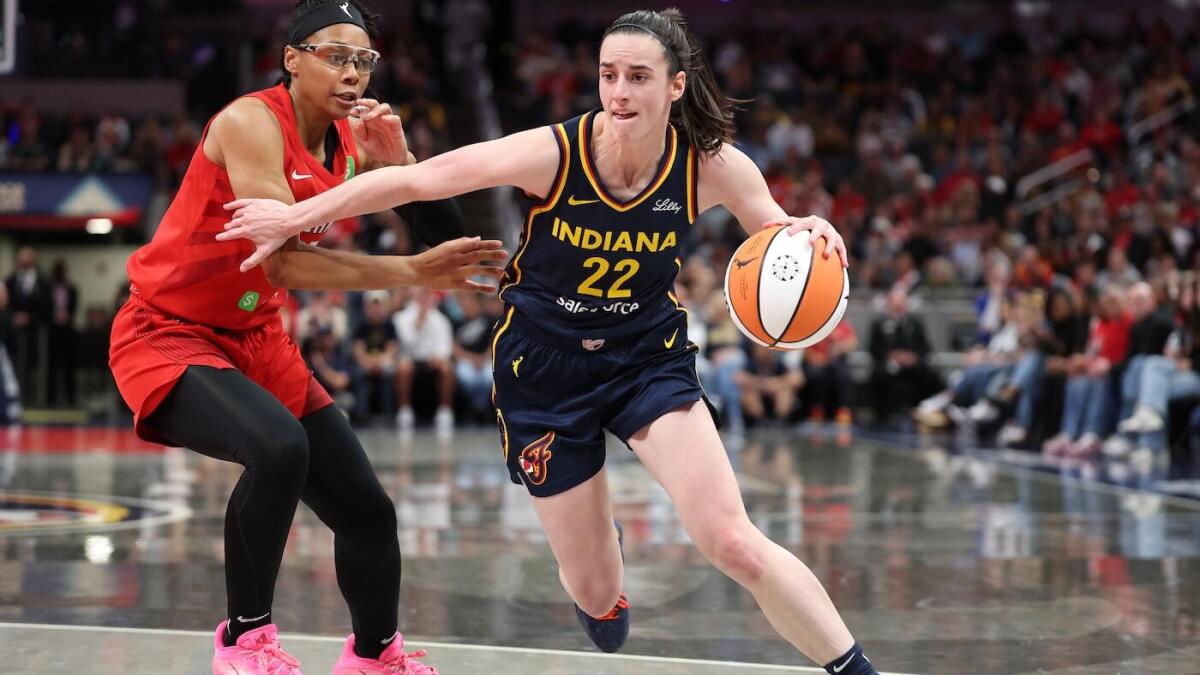Caitlin Clark’s Road Back: Navigating Injury and Reclaiming Stardom
The Impact of a Quad Injury on a Rising Star
Caitlin Clark, a dynamic guard for the Indiana Fever and the reigning WNBA Rookie of the Year, experienced a significant setback when a left quadriceps strain sidelined her for five crucial games. This injury, sustained during a tough contest against the New York Liberty, touched more than just a physical nerve—it momentarily disrupted the Fever’s rhythm and exposed the vulnerabilities of losing a cornerstone player. The quadriceps muscle, essential for explosive acceleration, lateral movement, and overall court agility, is central to Clark’s style of play. The strain compromised these abilities, forcing a strategic recalibration by the team and opening a narrative thread about resilience and recovery.
Understanding the Injury and Team Dynamics
Clark’s quad strain was severe enough to prompt a cautious two-week recovery timeline, a prudent decision considering the risks of rushing a return. The injury’s timing proved challenging, as the Fever were concurrently managing other player absences, including guard Sophie Cunningham’s ankle trouble. With Clark offline, the Fever faced a dual challenge: recalibrating offensive strategies and compensating defensively without their standout playmaker. This period tested the team’s adaptability and depth, highlighting how critical Clark’s presence is both for scoring and for maintaining the strategic spacing that fuels the Fever’s offense.
A Measured Path to Recovery
What distinguishes Clark’s recovery is the Fever’s deliberate approach, balancing urgency with care. Awareness of the quad’s importance led to a thoughtfully paced rehabilitation, avoiding the pitfalls of premature return that can exacerbate injury. Clark’s own attitude, marked by confidence yet grounded caution, reflected a maturity beyond her years. In media engagements, she emphasized healing fully before stepping back onto the court, a philosophy that aligns with long-term career sustainability. This blend of athlete mind-set and organizational diligence illustrates a modern approach to sports medicine, one that prioritizes health as a foundation for peak performance.
The Significance of Her Return
The announcement of Clark’s clearance to play against the very team linked to her injury—the New York Liberty—carries symbolic and strategic weight. Her comeback injects immediate offensive potency back into the Fever lineup, with her proven ability to orchestrate scoring and facilitate team play. Beyond numbers, her presence rejuvenates team morale, bolsters fan enthusiasm, and shifts the opponent’s defensive calculations. Clark’s quickness, vision, and shooting threaten defenses in ways that create space and opportunities not just for herself but for the entire roster.
Tactical Ramifications
Reintegrating Clark allows the Fever to reestablish their core offensive frameworks. Her ball-handling skills enable the fluid execution of plays, reducing the burden on secondary scorers and restoring balance. Defensively, her perimeter agility strengthens the team’s ability to counter high-powered offenses like the Liberty. Psychologically, her return forces opponents to redistribute defensive attention, which can be leveraged strategically to exploit mismatches and open lanes for teammates.
Broader Lessons on Injury Management in Professional Basketball
Clark’s journey underscores important aspects of handling athlete injuries within the WNBA context. The strain injury highlights the continuous need for tailored strength and conditioning programs aimed at preventing recurring muscle issues. Transparent communication from Clark fosters trust with fans and contributes positively to mental health management—an often overlooked but vital part of recovery. The Fever’s ability to navigate roster adjustments during her absence demonstrates the imperative of building depth and resilience within teams. Moreover, effective injury management relies on specialized medical support that combines prompt diagnosis with measured rehabilitation strategies, ensuring athletes return in optimal condition.
Looking Ahead: Maximizing Clark’s Impact Post-Recovery
Returning from injury is more than a physical milestone; it demands careful management of workload and psychological readiness. Gradual reintegration into full game minutes will be essential to safeguard against setbacks. Initial performances will play a pivotal role in rebuilding confidence, both for Clark and her teammates. The delicate process of reestablishing in-game chemistry requires practice and patience, especially after a gap caused by injury. If these elements align, Clark’s comeback could catalyze a resurgence in the Fever’s season, improving their playoff prospects and energizing the entire squad.
Final Reflection: Resilience Embodied Through Patient Recovery
Caitlin Clark’s path from injury to return captures the essence of resilience in professional sports—a successful navigation of physical setback through thoughtful care and unyielding determination. Her imminent return symbolizes not just a personal victory but an opportunity to redefine the Indiana Fever’s season ambitions. Facing the New York Liberty once more, Clark embodies a spirit that transcends injury: fearless, prepared, and ready to lead. This moment promises to be a defining chapter, inspiring teammates and fans alike as the Fever strive to reclaim their competitive edge in the WNBA.

